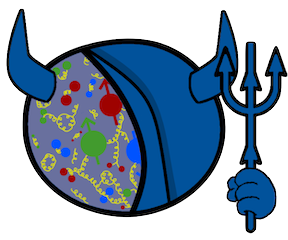Description
Solid-state systems featuring optically polarizable electrons present intriguing possibilities due to the potential for local injection of spin polarization into neighboring nuclear spins. This process results in the enhancement of their magnetic resonance signatures by several orders of magnitude. In this talk, I will discuss the fascinating opportunities arising from these "hyperpolarized" nuclear spins, arising from their remarkably long coherence lifetimes (T2'>90s) at room temperature. I will describe new applications for sensing weak time-varying magnetic fields, as enhanced imaging agents, and experiments aimed at spatially discriminating nuclear spins in a >5nm environment of electronic spins.

